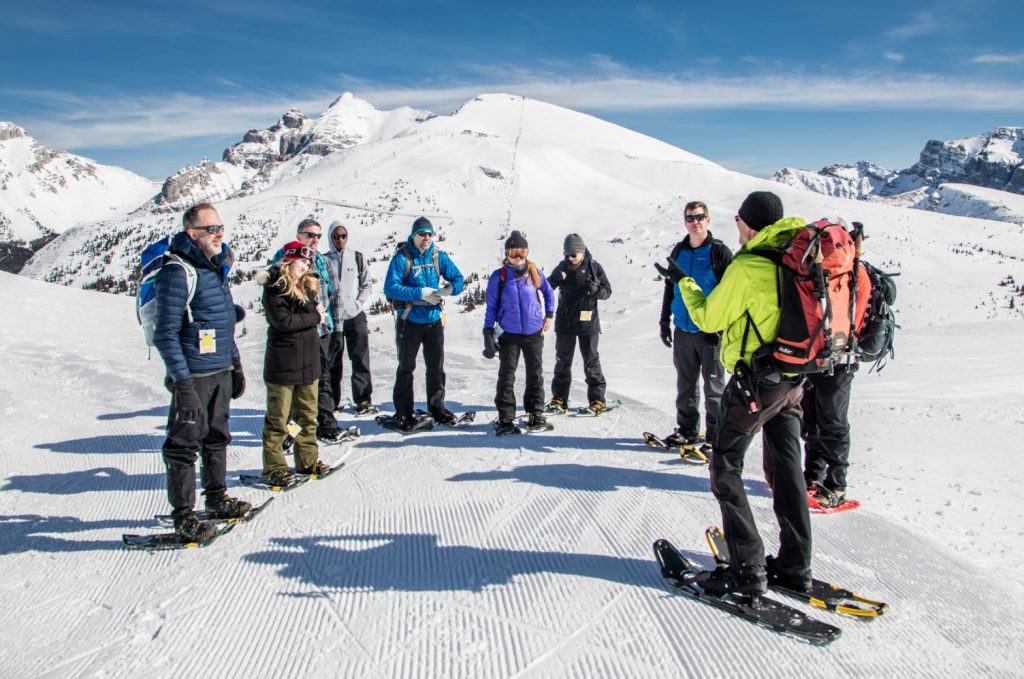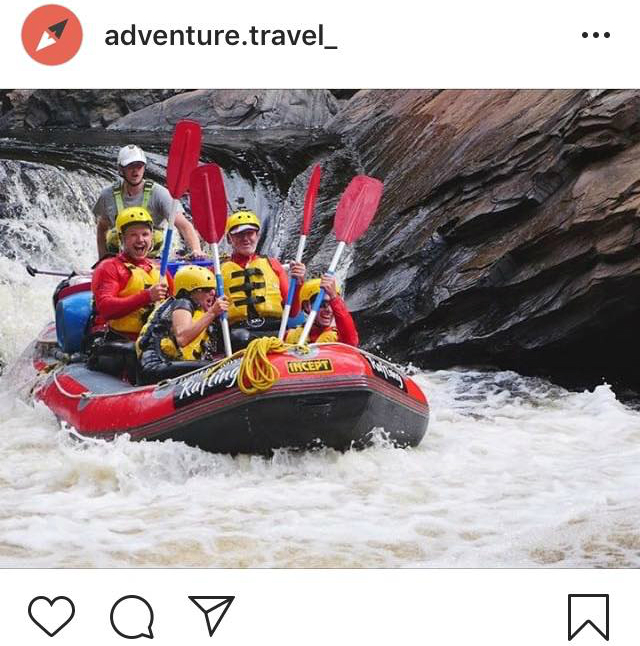Traditional supply chains are no longer simple and linear. New dynamic paths to reach travelers have sprouted up in the marketplace. We are in the midst of a change that has various models thrown into a soup of options for travelers and businesses alike. In the past, a business may have received a traveler through a travel agent, direct channels, business partnerships, or online travel agency (OTA), but now a traveler doesn’t always work with a “normal” business due to the sharing economy, which creates opportunities for consumers to be providers as well.
Technology innovators continue to find more contact points within the travel value chain, and both travelers and service providers have an endless stream of new apps and tools to incorporate into their business operations. For businesses working in the adventure travel category, however, one of the most dramatic disruptions originates with the expanding presence of online booking platforms for travel experiences. While common adventure travel activities, such as hiking Ethiopia’s Simien Mountains or rafting Costa Rica’s Pacuare River — the tourism industry’s long tail — have been stubbornly difficult for the mass market to successfully offer, it appears this last mile to tourism’s unique content providers may finally be arriving in a significant way.

Why is this important? The changing traveler mindset is the primary reason for businesses to become serious about adapting to this new dynamic market. Travelers are sometimes already adventurous and prefer certain activities they do at home or on vacation. However, there is a growing market of travelers new to adventure looking for “Instagramable” experiences who automatically assume they will be safe participating in these activities and that the experiences will be positive ones. These travelers are interested in adventures allowing them to try unique activities, such as stand-up paddleboarding or via ferrata, become immersed in new cultures, and focus on their own physical and mental wellness.
The secondary reason for businesses to adapt is the increasing size of the market. Tourism is a rapidly growing sector, and the sheer number of travelers who want experiences opens the industry to the expanding Chinese and Indian middle class as well as the large population of U.S.-based millenials who are more interested in investing in experiences than purchasing homes and cars.
Revisiting The Traditional Supply Chain
Before diving into how the new supply chain is evolving, it may be helpful to examine some well-known customer journeys and their related supply chains that are still in existence. Travelers may:
- Conduct trip research via magazines or online, find a destination or itinerary that looks interesting, and contact their travel advisor for advice and to make all the bookings.
- Look up a known or favorite tour operator found online or from a mailed brochure. They review trips of interest or that fall at a convenient time. They contact that specific tour operator to make a booking.
- Search for a destination online and land on an OTA, review tour operator options, and select one to book. They contact the OTA or tour operator for booking.
- Contact their travel advisor and ask for new ideas or destinations for a certain period of time. The travel advisor does research, works with the client, and contacts tour operators and/or accommodations for rates, options, and bookings.
- Research their next trip by searching for destinations of interest to them, find a destination, start researching places to stay and things to do via TripAdvisor, and make bookings.

These journeys from inspiration to research to booking still exist and are important. However, there are now variations in the traditional supply chain model, making it essential for businesses to adapt and innovate in order to compete and meet the changing consumer mindset. With these new consumer journeys and supply chains, travelers may:
- Research a destination of interest online and look for a homestay option in the destination. In researching activities of interest, they may find a self-directed tour, a local guided tour option, or a half-day group tour.
- Browse Instagram. Upon seeing a great picture of a destination, they swipe to access a “book now” option, which leads them to photos, room information, and rate options so they can book a stay at the hotel. Travelers don’t make other arrangements until arriving at the destination and, while there, use various apps to book restaurants, a local guide, and walking tours on their own.
- Browse Facebook and see a post from a friend who is staying at a great Airbnb in a particular destination. Because the post includes a link, travelers click on it and book. Several months before departure, Airbnb emails about experiences in the destination that may be of interest to travelers, and they book one of these local experiences. Once in the destination, the Airbnb host tells them about great options in the area. Travelers use Google Maps to get around, Google Translate to communicate, and GetYourGuide to find a local tour.
How Experienced Tour Operators Fit In
Technology and the sharing economy open up a new range of opportunities for average consumers to offer up their home or deliver experiences and adventures. This is also an opportunity for experienced adventure businesses to flex their expertise. Guides with specific activity qualifications, safety experience, and group management skills deliver high-quality experiences. Operators with years of knowledge crafting itineraries and moments that are truly special for adventurers can create unique experiences that can’t be easily replicated. Even with these qualities that differentiate them from the average local person offering on-the-ground activities, seasoned operators should embrace these technology solutions and platforms for distribution and innovative value creation. Ignoring the shifting marketplace is limiting and doesn’t allow a company to meet consumers where they are ... with phone in hand.
How can accommodations and tour operators take advantage of this new value chain?
- Encourage guides and staff to deliver local experiences during the off-season or test new ideas or experiences within new platforms and to new audiences.
- Open a new space or designate a space within an eco-lodge or accommodation for homestay options that embrace the feel and flexibility travelers seek with a sharing model.
- Ensure tours provide the safety and experience that seasoned companies have developed and perfected over the years, and use this messaging in marketing materials.
- Incorporate new experiences and homestays into itineraries as a way to offer variation and a modern approach to offerings.
- Open homestays in destinations and make them uniquely the company’s own.
- Utilize experience to ensure travelers are well-prepared mentally, physically, and practically (gear) for their experiences or stays.

This also means an increasing emphasis on safety in adventure experiences as a competitive differentiator. Sadly, but not surprisingly, there have been several highly publicized accidents in 2018 that forced destinations — and new and experienced operators — to take fresh stock of their safety practices. In addition, mature companies and guides are finding a commercial advantage to signaling quality and value through their safety record and procedures.
Experienced companies — whether at the luxury end of the spectrum, such as Natural Habitat Adventures, or the more affordable end, such as Intrepid Travel — are now more assertively emphasizing their safety practices as a mark of quality in their trip offerings. Likewise, destinations with fast-growing young markets are taking steps to provide training and safety management coaching to their local businesses. The Adventure Travel Trade Association (ATTA) has been active in providing guide training and safety management coaching in many emerging adventure markets including Bosnia, Armenia, Jordan, Iceland, and Japan. The greater emphasis on safety from the destination and company perspective is expected to gradually extend to travelers, as they also learn more about what to look for in any adventure situation.
The focus of platform tech on tourism’s long tail — the adventure travel sector — is having interesting effects on long-standing businesses accustomed to a complex, but well-defined value chain. With easier access to specialized experiences via platforms, adventure companies and guides find themselves in the position of having to redefine their value to guests. In the past, it might have been enough to simply provide access to rare experiences, but now these companies and guides must find ways to highlight their quality and value above and beyond simple access and knowledge.
